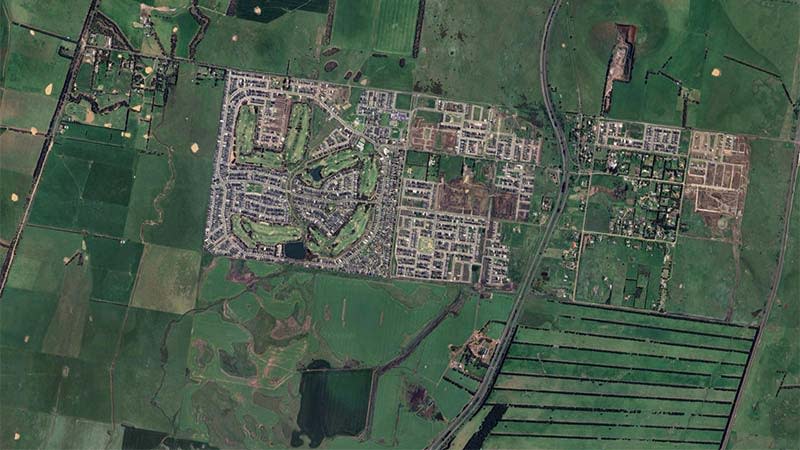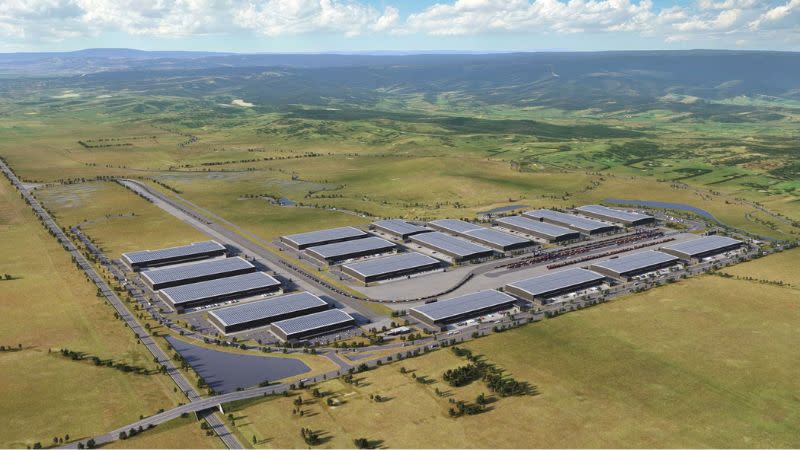State Clears Way for Mega-Suburb in Melbourne’s North

The way has been cleared for 15,000 new homes at a greenfield site north of the Melbourne CBD.
Planning Minister Sonya Kilkenny has signed off on the Beveridge North West Precinct Structure Plan, unlocking 1279ha of land.
The mega-suburb would house about 47,000 residents, making it among Australia’s largest suburban developments.
The community is slated for the site 40km from the CBD between Beveridge and Wallan in the Mitchell Shire.
Four town centres, eight schools, 79ha of parks and sports fields and 320ha dedicated to waterways, landscaping and drainage infrastructure are included in the plans.
Development would be over 20 to 30 years and 62 per cent of the total area has been designated as net developable land.
Housing densities would range from 12 to 25 homes per hectare across different development areas.
The site is near the planned Beveridge Intermodal Terminal, which will serve as the Melbourne hub for the $31.4-billion Inland Rail freight project connecting the Victorian capital and Brisbane.
“This is part of our long-term Greenfields plan—unlocking land right across the state to deliver more than 180,000 new homes over the next decade,” Kilkenny said.

The broader greenfields strategy comprises 27 precinct structure plans statewide to address housing supply constraints in the state.
The Beveridge development would be staged. The first stage is expected to comprise 2400 homes across 140ha and beginning after the plans are gazetted.
Future stages would begin once the federally funded Camerons Lane interchange project is completed to improve connection to the Hume Freeway.
The precinct structure plan includes provision for a new quarry under strict planning controls, including mandatory closure and rehabilitation by 2052.
Government sources said the quarry would support building material supply for housing and infrastructure development across Victoria.
Mitchell Shire is home to 49,000 residents. Projections indicate the population will grow to more than 170,000 by 2041.

The Beveridge North West development is expected to create about 3000 jobs across the education, retail, industry and community services sectors.
The broader Beveridge Intermodal Precinct, which will handle double-stacked freight trains and help reduce rail freight travel time between Melbourne and Brisbane to less than 24 hours, is expected to generate 20,000 jobs in the outer north region.
The Beveridge North West Resilience Plan, developed in partnership with Mitchell Shire Council and RMIT University, incorporates sustainable community development thanks to diverse housing options, universal accessibility features and climate-resilient design principles.
Construction planning for the new suburb includes heat stress mitigation through wide eaves, thermal insulation and strategic tree placement.














